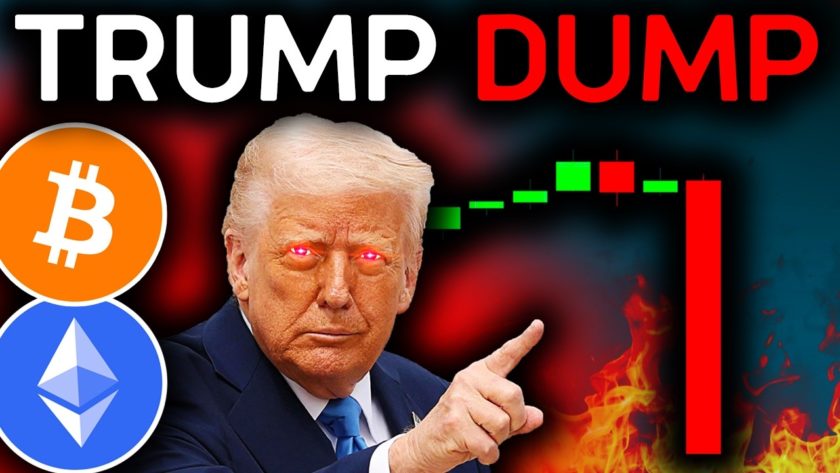According to Kevin Rooke, a cryptocurrency researcher, Ethereum and EOS currently have a combined eight decentralized applications (dApps) with more than 300 active users.
Yet, both blockchain networks have multi-billion dollar market valuations with Ethereum at $28 billion and EOS at $4.6 billion.
Are Current dApp Usage Rates Not Important?
Last year, Coinbase co-founder and former Goldman Sachs trader Fred Ehrsam stated that Ethereum would need to scale by 100-fold in order to handle large-scale dApps on its network with millions of active users.
For instance, Visa has around 880 million credit cards in circulation and a few hundred million active users worldwide, and to handle the daily transaction volume, the Visa network has to process tens of thousands of transactions per second.
In the upcoming years, Vitalik Buterin, the co-creator of Ethereum, has said that second-layer scaling solutions like Plasma and Sharding will be able to significantly increase the daily capacity of the Ethereum network, potentially to a million transactions per second.
But, the lack of activity in dApps on both Ethereum and EOS do not solely pertain to the difficulty in scaling public blockchain networks. The 0x protocol, as an example, which facilitates peer-to-peer cryptocurrency trades through a unique hybrid on and off-chain mechanism, is able to process many transactions on its network for decentralized digital asset exchanges.
Rather, the lack of dApp activity can be attributed to the user interface of most dApps and the concept of decentralized systems that is still relatively new to the vast majority of consumers.

Last week, as CCN reported, singer-songwriter Shooter Jennings discussed Ethereum-based Twitter Peepeth with Joe Rogan on the Joe Rogan Podcast (JRE). Jennings struggled in explaining to Rogan the process of sending gas on the Ethereum network after every piece of information is submitted to the main Ethereum chain.
For years, until dApps find a seamless way to allow users to cover gas costs unknowingly or in the background, the adoption of dApps by the mainstream will be stuck at a stalemate.
But, Gnosis creator Martin Koppelman said that there exists a metric that is far more important than the active user base of dApps and that is the network effect and interconnectedness of dApps.
As early as now when the adoption of dApp remains fairly low, Koppelman said that dApps will need to rely on each other’s infrastructures in order to create a truly decentralized network of dApps.
“The numbers we care about is the usage of decentralized applications. And as a next step, the number to look out for is DAPPs that seamlessly interact with each other and draw a benefit from being on the same platform. As a side effect, ultimately the price of ETH will then be a function of the demand for the use of applications in this reliable, open, and interlinked environment,” Koppelman said.
Not Scalability Issues
Conclusively, the stalled adoption of dApps is not necessarily affected by the scalability issues of the blockchain and as the open-source developer community continues to improve blockchain scaling solutions, scalability will become less of a major problem.
In the near future, developers will have to find a way to make dApps as easy to utilize as centralized platforms and a way to incentivize users to switch from centralized alternatives to dApps.
Featured Image from Shutterstock
Follow us on Telegram or subscribe to our newsletter here.
• Join CCN’s crypto community for $9.99 per month, click here.
• Want exclusive analysis and crypto insights from Hacked.com? Click here.
• Open Positions at CCN: Full Time and Part Time Journalists Wanted.




